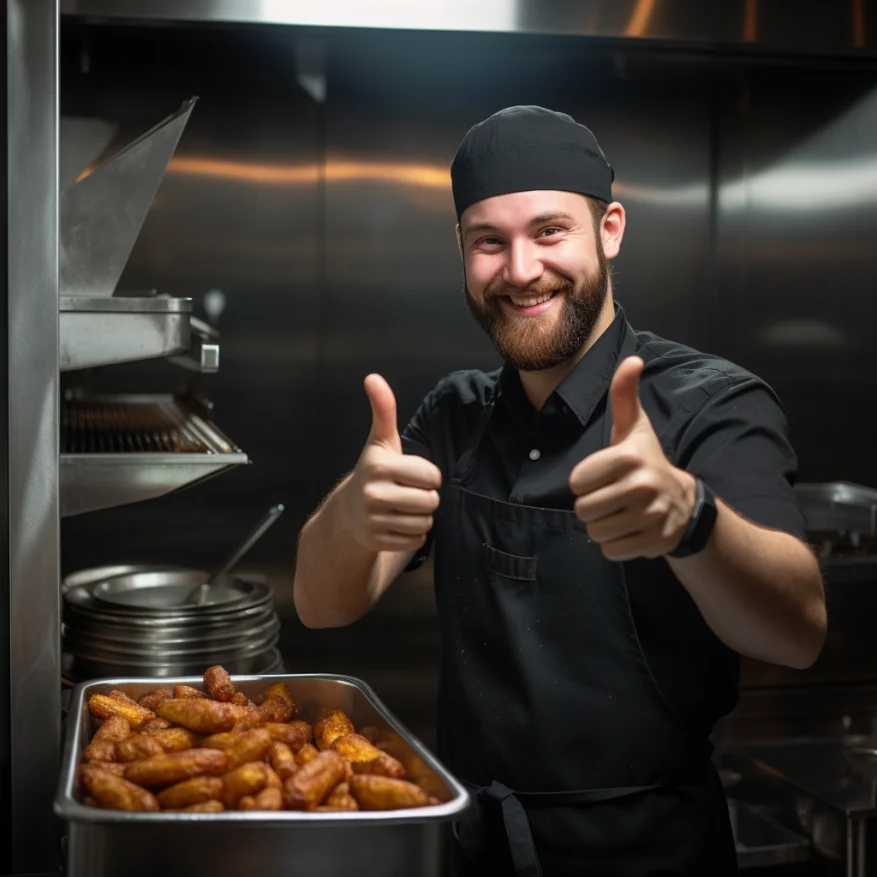Deep frying is often associated with higher calorie counts and a safety risk to food handlers and other employees, due to the high temperature of the oil. But one aspect of deep frying many may not think about is the food safety risks associated with it.
After all, there is always a safety risk when it comes to cooking food, regardless of how it is prepared. Whether you’re cooking tater tots or chicken tenders, here are some tips to ensure you’re deep-frying foods safely.
- Ensure Proper Oil Temperature
Not only does oil temperature impact food safety, it affects customer satisfaction by ensuring crispiness and even cooking. To ensure your oil is at the proper temperature, make sure you have a deep-fry thermometer on hand. Don’t heat the oil up too fast, as suddenly raising the temperature can lead to splattering and a potential injury. Also, don’t heat the oil too high in general, since it’s a fire hazard and can release harmful fumes.
- Use the Proper Tools and Equipment
For starters, your fryer should be stable, secure and high quality. Don’t use a shallow pan or pot if there’s a risk of spillage. A good thermometer is also a must, as are long-handled utensils that can keep your hands away from the oil and reduce the risk of burns.
- Handle and Cook with Care
There are some other best practices you can follow when it comes to handling and cooking food in a deep fryer. If you dry food off with a napkin before placing it in the fryer, you reduce the risk of excess moisture causing a spill or splatter. Consider cooking in small batches so you don’t overcrowd the fire and negatively affect the temperature. Also, don’t leave food that is deep frying unattended.
- Dispose of Oil Properly
Regularly changing the oil is another food safety concern. To dispose of oil properly, make sure it cools down first and reuse it if it’s still in good condition. (If not, you can strain it through a mesh sieve or strainer to get rid of food particles and then store for future use.) If the oil is no longer usable, recycle or dispose of it properly via a drop-off point or recycling center.
- Get a Food Handlers Card
Another way to deep-fry foods safely (and increase your food safety knowledge in general) is with a food handlers card. With American Course Academy’s state-approved Food Handlers Certificate online training course, you can get your food handlers card after just one or two hours of training, then print your certificate or card immediately. Not only is it required for food service employees handling food, it can set you apart from your peers and helps protect the patrons who visit your establishment.
Ready to learn how to deep-fry foods safely and other food safety best practices? Sign up for our food handler course today.

